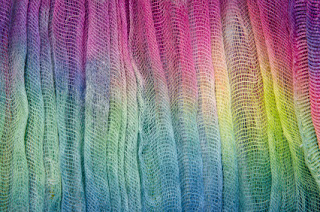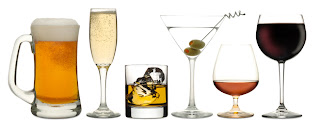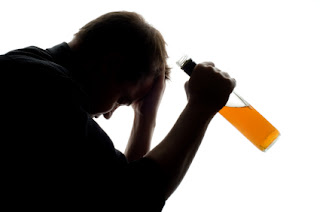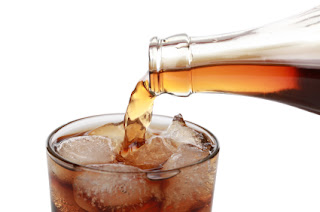Unless you have a long history of experience with addiction
(personally or through a loved one who has struggled), you may or may not have
a thorough understanding of what drug treatment really is.
What is drug rehab? Although philosophies and methods of
treatment can vary greatly, drug and alcohol rehab is a place for substance
abusers to take time for themselves to undergo individualized programs and
therapies geared towards sober living.
The goal of treatment is to improve the overall living
situation of the person who is under the influence of drugs and alcohol. This
includes not only abstinence from drugs but the ability to stay free from crime
and have employment. To help a person to become a productive member of society
who is contributing to it, instead of someone who may be trying to take away
from it.
Strategies Can Vary
In the United States alone, there are hundreds of different
types of rehab programs and strategies. To find the one which is best for you
(or your loved one), it’s probably best to understand what isn’t going to work
for an addict and then determine what is. Drug rehab should be as individual as
the addiction itself.
Short-Term Drug Rehab vs. Long
Term Treatment
Longer-termed programs (usually 4-6
months or so) generally are able to deliver more effective results by the sheer
virtue of how much time is afforded to the participant. It can be extremely
difficult to undo months or years of bad decisions in a matter of a few weeks.
Group and Individualized
Programs
Some programs deliver group-based
therapies (where counseling is done in a group setting), while others employ
the method of one-on-one sessions or individualized programs. While this is
largely an issue of preference, individualized programs which give the addict
personal attention to his/her issues has proven out to be more effective,
statistically speaking.
Outpatient Facilities and
Residential Settings
Drug rehab can be performed both in
an outpatient setting, during which time the addict goes home after his/her
treatment sessions or exercises. Residential drug treatment is a live-in
situation wherein the addict lives at the treatment facility in private housing
or dormitory-style rooms.
Many treatment experts agree that
the benefits of residential drug rehab far outweigh those of an outpatient
program, but again, this is a matter of personal preference and what is
feasible for the addict and his/her family at the time of admission.
Family Involvement
In learning what drug rehab is and what it has to offer,
remember that family involvement is valued highly by addiction specialists. By
offering support and positive encouragement, families of substance abusers can
make the treatment process much smoother.
A few suggestions for family involvement during drug rehab
are:
- Periodic visits
- Correspondence (messages or phone calls)
- Care packages
- Coordination with counselors regarding progress
- Acceptance of amends
- Gestures of support
In addition to this most effective programs will also work
out remedying and bettering relationships with family members, friends and
other supporters of a sober life.
Drug Rehab Purposes
and Objectives
Answering the question, “What is drug rehab?” requires
personal research. Although there are too many treatment philosophies to list
in one short article, remember that the purpose of drug rehab is to return an
individual to a happy and drug free life. Further, and as stated, a drug rehab
program effectively executed will restore a former drug abuser to a functioning
and contributing member of society.
This should be kept in mind when choosing a facility for
yourself or a loved one. The ultimate goal is longstanding and even permanent
improvement in the overall quality of living for the former drug user.












